Mastering the Art of Healthy Cooking: Tips & Tricks for Delicious Results
This post may contain affiliate links which might earn us money. Please read my Disclosure and Privacy policies hereIn a time when people are increasingly focused on their health, finding meals that are both nutritious and tasty has become a top concern. The hurdle, though, is dispelling the misconception that healthy food lacks flavor. Contrary to common belief, it's entirely feasible to relish meals that are beneficial to your health without compromising on taste.
The skill of healthy cooking merges the nutritional aspects of food with the inventive flair of culinary techniques to create dishes that satisfy the taste buds while promoting overall well-being. With a grasp of some essential principles, anyone can turn their kitchen into a hub for preparing wholesome and delightful meals. In this blog, we'll explore all of this and beyond, so be sure to read through until the end!

Understanding Nutritional Basics
The foundation of healthy cooking begins with an understanding of nutritional basics. A well-rounded diet should include a balance of macronutrients—proteins, fats, and carbohydrates — alongside a diverse range of vitamins and minerals.
Knowing how to combine these elements in your meals can significantly impact your health and energy levels. For instance, pairing complex carbohydrates with lean protein can keep you feeling fuller longer, while incorporating a variety of colorful vegetables can ensure you're getting a broad spectrum of nutrients.
Choosing the Right Ingredients
Selecting the right ingredients is paramount in healthy cooking. Opt for fresh, whole foods as the cornerstone of your meals, steering clear of processed items that are often high in added sugars and unhealthy fats.
Quality is key when it comes to proteins; for example, you can easily find a super easy chicken lettuce wraps recipe that not only provides a lean source of protein but also introduces a refreshing crunch and the nutritional benefits of leafy greens. Similarly, integrating whole grains and seasonal produce can elevate the nutritional profile of your dishes, adding both flavor and fiber.
The Magic of Herbs and Spices
Herbs and spices are the secret weapons of a healthy kitchen. These powerful flavor enhancers can turn even the simplest dishes into a taste sensation without the need for excess salt or fat.
Experimenting with different herb and spice combinations can also introduce you to a world of global cuisines, all while keeping your meals light and healthful. From the warmth of cumin to the brightness of basil, these natural flavor boosters are essential for anyone looking to master the art of healthy cooking.
Mastering Healthy Cooking Techniques
The methods you choose to cook your food can have a significant impact on both the taste and nutritional content of your meals. Techniques such as steaming, grilling, baking, and sautéing not only preserve the integrity of your ingredients but can also help to retain more nutrients than high-heat methods like frying.
Learning how to properly use these techniques can enhance the natural flavors of your food, making healthy meals more enjoyable. For example, grilling vegetables brings out their inherent sweetness, while steaming fish retains its moisture and tenderness.
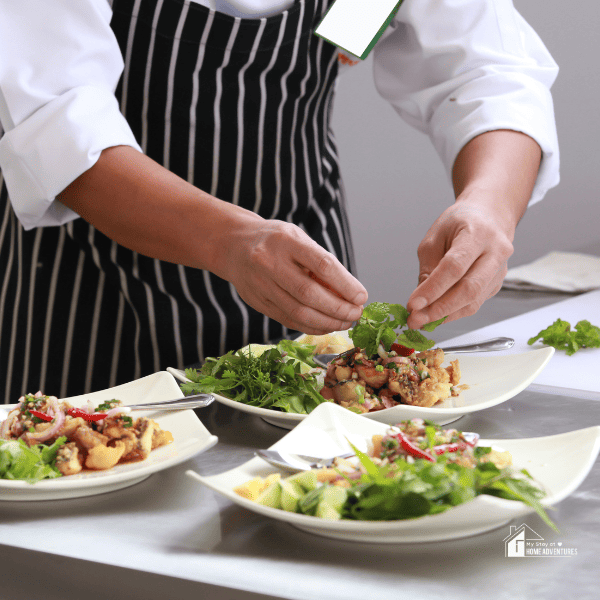
Portion Control and Meal Balance
Portion control and meal balance are crucial aspects of healthy eating. Understanding how to construct a balanced plate — filled with a proper mix of proteins, fats, carbohydrates, and vegetables — can help in managing portion sizes and ensuring nutritional adequacy.
This approach not only supports weight management but also ensures that you are consuming a wide range of nutrients necessary for good health. Learning to listen to your body's hunger and fullness cues can also aid in maintaining portion control, helping to avoid overeating while still enjoying your meals.
Prepping and Planning Ahead
Meal prep is a game-changer in the realm of healthy eating. By dedicating a few hours each week to preparing meals or meal components ahead of time, you can significantly reduce the temptation to reach for unhealthy, convenient options.
Start by planning your meals for the week, making sure to include a variety of proteins, vegetables, and whole grains. Cooking in batches and storing food in portion-sized containers can simplify your meal routine and help maintain portion control. This habit not only saves time but also ensures that you have nutritious meals on hand, ready to enjoy.
Healthy Swaps and Substitutions
One of the most creative aspects of healthy cooking involves making smart substitutions. Replacing high-calorie ingredients with healthier alternatives can dramatically increase the nutritional value of your meals without sacrificing taste.
For instance, swapping out white rice for quinoa not only boosts the fiber content but also adds a complete protein to your dish. Using avocado in place of mayonnaise provides healthy fats and a creamy texture. These small tweaks can make a big difference in your diet, allowing you to enjoy your favorite dishes in a healthier way.
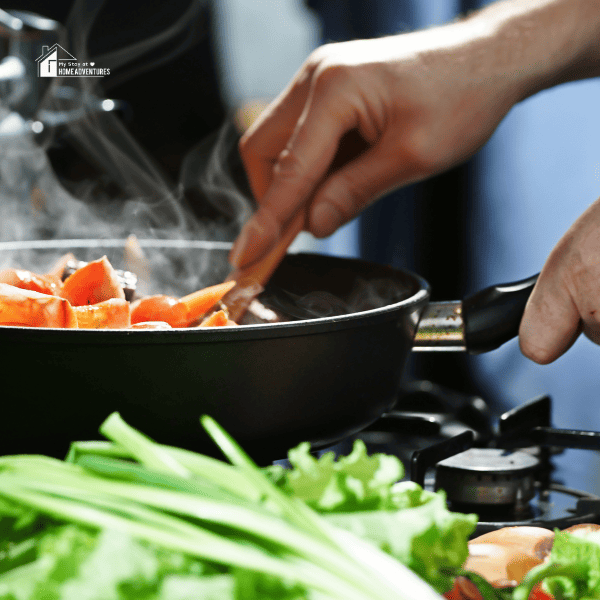
Incorporating Healthy Fats
Healthy fats are essential to a balanced diet, providing energy and supporting cell growth, among other benefits. Incorporating sources of unsaturated fats, like those found in avocados, nuts, seeds, and fatty fish, can improve heart health and enhance the absorption of vitamins.
Cooking with olive oil, adding chia seeds to your yogurt, or snacking on almonds are simple ways to include healthy fats in your diet. Understanding which fats to choose and how to incorporate them into your meals can significantly improve the nutritional profile of your dishes.
Hydration and Cooking
Hydration plays an integral role in overall health, affecting everything from physical performance to cognitive function. While drinking water is vital, you can also boost your hydration through the foods you eat and the way you prepare them. Incorporating water-rich foods like cucumbers, tomatoes, and watermelon into your meals can add to your daily fluid intake. Preparing soups and smoothies is another delicious way to stay hydrated. Remember, staying well-hydrated is as important as the food you eat for maintaining health and energy levels.
Conclusion
Mastering the art of healthy cooking is a process filled with discovery, creativity, and a bit of experimentation. By getting acquainted with nutritional basics, making smart ingredient choices, and incorporating a variety of cooking techniques and healthy practices, you can transform your meals into delicious, nutritious creations.
The path to a healthier lifestyle doesn't have to be bland or monotonous; with the right approach, you can enjoy a rich tapestry of flavors that not only nourish your body but also delight your palate. Whether you're prepping meals for the week, experimenting with healthy substitutions, or trying out new recipes, each step you take is a stride towards a more vibrant and healthful life.
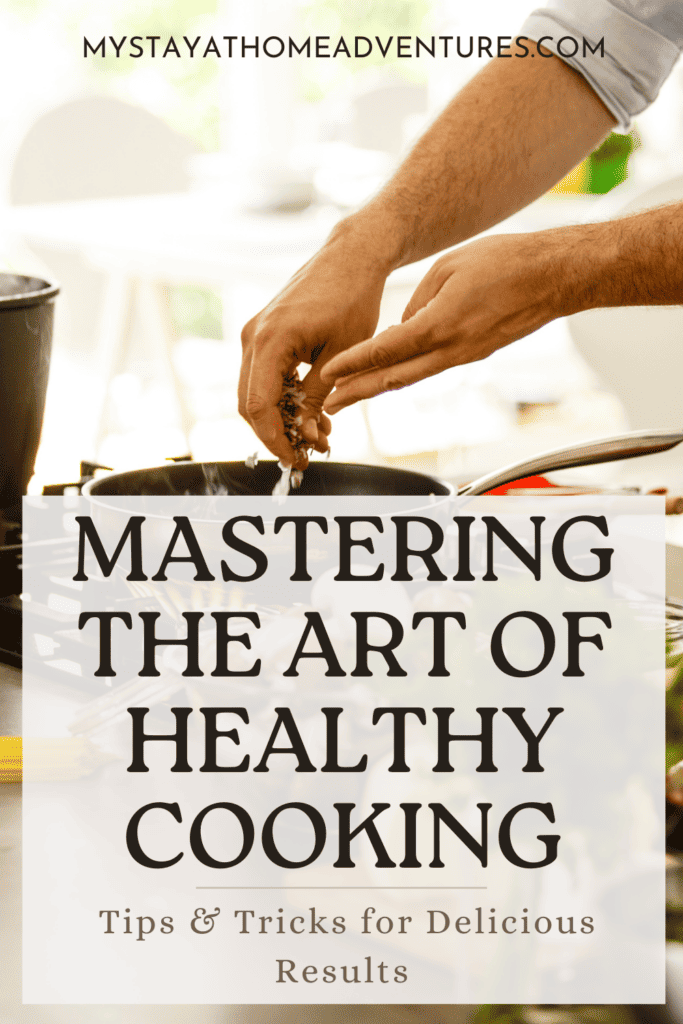

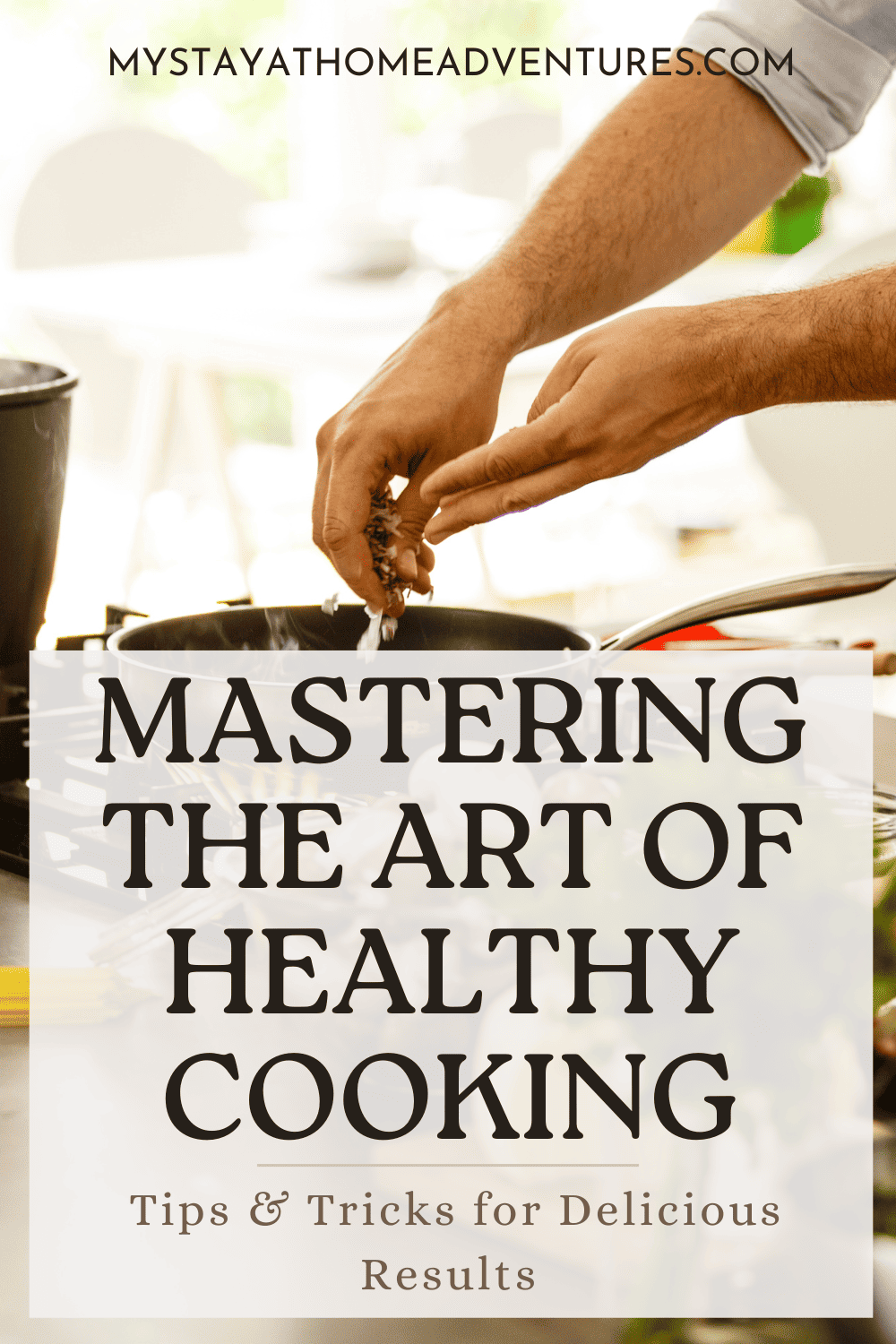

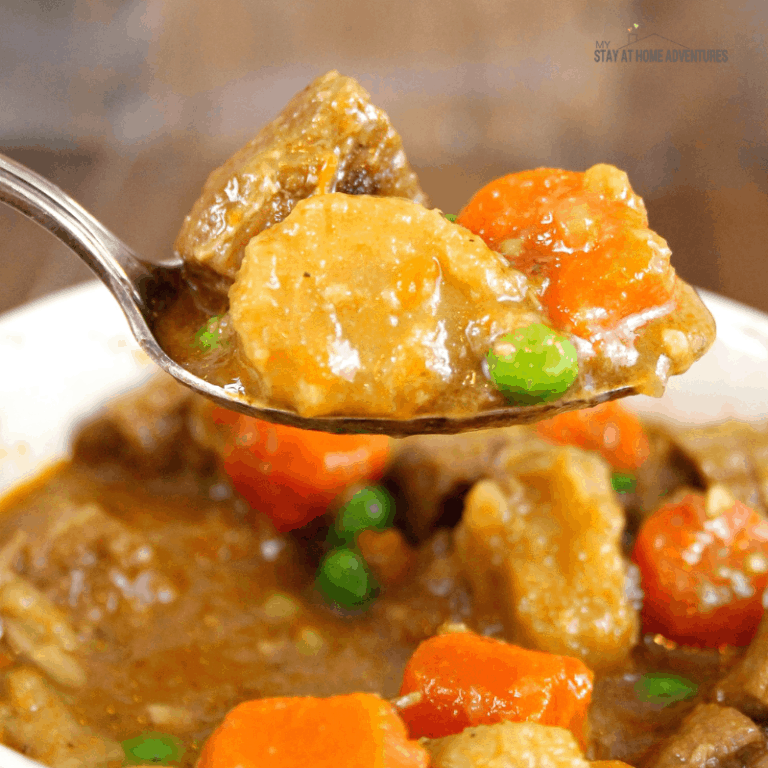
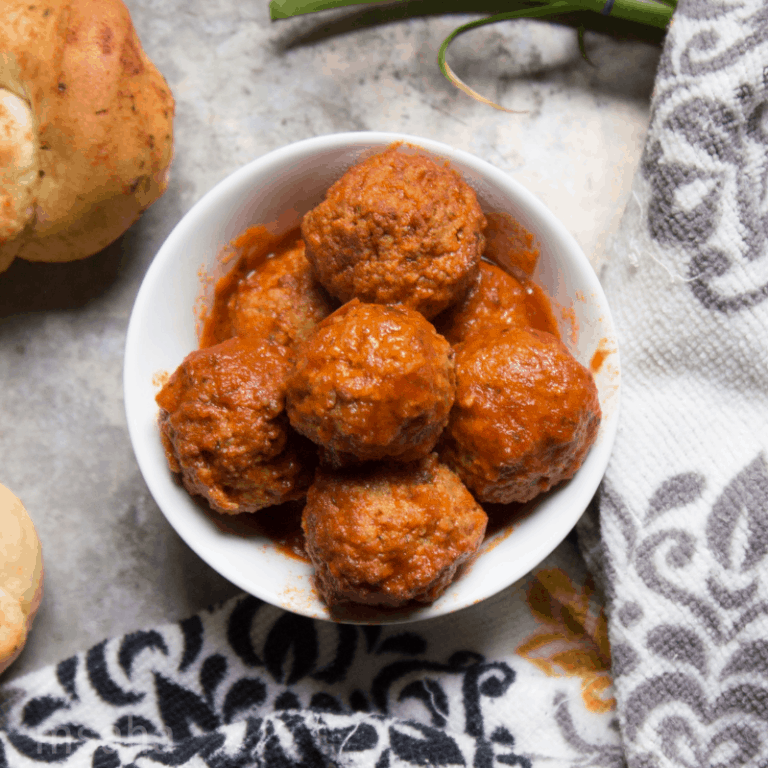
![Panzanella Salad Recipe [Video]](https://www.mystayathomeadventures.com/wp-content/uploads/2023/05/Panzanella-Salad-Recipe.png)
